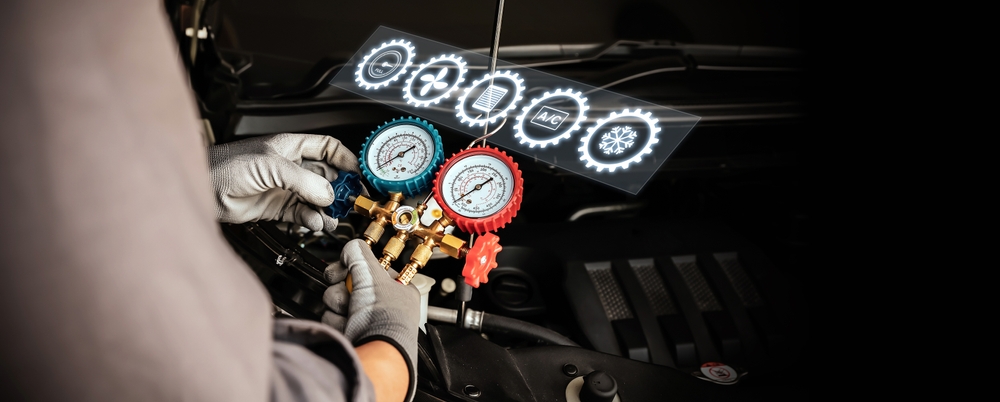DIY maintenance safety: what drivers can and shouldn't tackle
Many drivers handle basic upkeep themselves, but deciding what to do at home versus what to leave to professionals requires clear safety and technical boundaries. This article explains practical limits, common tasks suitable for DIY, and when specialized workshops or fleet servicing are the safer option.

Every driver benefits from understanding basic maintenance tasks they can safely perform and the ones that should be left to trained technicians. Performing simple checks and minor interventions can save time and improve vehicle reliability, but modern cars include complex systems — telematics, advanced diagnostics, and infotainment — that are increasingly interconnected with cybersecurity and emissions controls. Knowing where to draw the line supports safety, sustainability, and long-term value.
maintenance: what counts as safe DIY
Basic maintenance tasks such as checking and topping up fluids (engine oil, coolant, windshield washer), replacing bulbs, and changing wiper blades are generally safe for most drivers. Routine visual inspections of belts, hoses, and suspension components can help detect wear early. Use the vehicle handbook for specifications and wear limits, and keep tools and protective equipment on hand. For sustainability and refurbishment efforts, simple actions like keeping tires inflated to the correct pressure and addressing minor body rust quickly can prevent larger repairs.
diagnostics: can you read fault codes yourself?
Onboard diagnostics readers and smartphone apps provide access to OBD-II codes that indicate faults. Reading codes is a useful first step and can guide decisions about whether a workshop visit is required. However, interpreting codes often needs contextual knowledge — a single code can have multiple causes — and some diagnostics require manufacturer-level tools or telematics data to properly trace intermittent faults. For complex electronic or intermittent problems, consult a certified technician to avoid misdiagnosis or deleting important fault logs.
battery: replacement and electrical system considerations
Replacing a conventional 12V battery is a common DIY task when you follow safety steps: disconnect negative terminal first, secure battery in place, and reset any systems after installation. However, modern vehicles may have battery management systems, start-stop functions, or high-voltage hybrid/EV batteries that require specialist handling. High-voltage battery retrofit, refurbishment, or replacement should always be done by qualified technicians with proper PPE. Incorrect procedures can damage electronics — including infotainment and ECU modules — and pose electrical hazards.
tires: what you can do at home and when to visit a workshop
Drivers can monitor tread depth, rotate tires where appropriate, and change a damaged wheel roadside with the correct jack points and tools. For safety, use a torque wrench to tighten lug nuts to the manufacturer’s specification. Alignment, balancing, and repairs for punctures near the sidewall require professional equipment and expertise. Fleet operators and drivers focused on sustainability should track tire wear patterns and emissions impacts, using servicing records from local services or specialized workshops for comprehensive tire care.
cybersecurity and infotainment: limits of DIY fixes
Modern vehicles integrate infotainment, over-the-air (OTA) updates, and telematics that link to manufacturer services. Basic measures drivers can take include keeping software updated via official channels, using strong passwords for connected accounts, and avoiding unauthorized retrofit modules that bypass security. Attempts to modify firmware or install third-party telematics without expertise can introduce cybersecurity vulnerabilities and negatively affect emissions controls or warranty coverage. For suspected breaches or complex OTA failures, seek assistance from authorized service centers.
servicing: when to choose professional workshops or fleet services
Regular servicing by trained technicians ensures inspections of brakes, steering, suspension, emissions systems, and high-voltage components where present. Workshops have calibrated tools for diagnostics, refurbishment processes for components, and access to manufacturer parts and software. Fleet servicing specialists can manage scheduled maintenance, telematics integration, and lifecycle refurbishment to improve sustainability and reduce total cost of ownership. For retrofit projects that alter emissions systems, professional oversight is essential to remain compliant with regulations.
Conclusion Understanding the boundary between DIY maintenance and professional servicing helps drivers protect themselves, their passengers, and their vehicles. Safe DIY tasks include basic checks, fluid top-ups, bulb and wiper replacements, and battery swaps for conventional 12V systems, while diagnostics interpretation, high-voltage battery work, alignment, advanced repairs, cybersecurity incidents, OTA or infotainment firmware changes, and emissions-related interventions are best left to qualified technicians. Keeping accurate servicing records and engaging reputable local services or fleet workshops supports vehicle longevity and sustainability without compromising safety.





